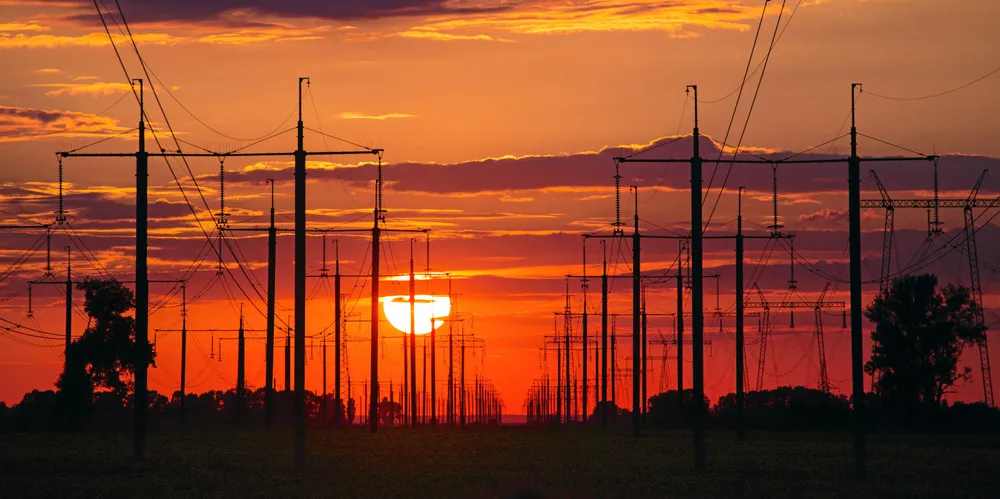US states press for quick action to speed green transmission build-out
In a letter to DoE, officials in eight northeastern states say greater grid inter-connectivity will have multiple cost and environmental benefits

Eight states in the US Northeast are requesting federal support to form a collaborative for planning inter-regional electric transmission expansions and upgrades in anticipation of grid challenges from climate change and a need for more capacity as offshore wind development surges in the next two decades.
“Rather than wait for new regulatory mandates to spur action, we can collectively take steps now to consider expanding ties between our regions to help enhance system reliability and transition to a clean energy future more quickly and affordably,” senior state energy planners and regulators wrote in a letter to the Department of Energy (DoE).
Under this proposed structure, DoE would lead the states in planning activities in response to two DoE studies that identified the anticipated need for substantial new transfer capacity between various regions such as New England and New York, and mid-Atlantic and New York.
The New England states are Connecticut, Maine, Massachusetts, New Hampshire, Rhode Island, and Vermont. All of them except Vermont face the Atlantic Ocean, the focus of most US offshore wind activity this decade.
“Working together to explore how to strengthen ties between our regions makes sense,” said Jason Marshall, a deputy secretary at the Massachusetts Executive Office of Energy and Environmental Affairs.
Expansion of interconnectivity could include grids offshore that would collect and then transfer electric power from wind farms to multiple points onshore.
In their letter to Maria Robinson, director of DoE’s Grid Deployment Office, the officials highlighted that greater interconnectivity between regions would have multiple beneficial impacts.
These include lower electricity prices for consumers through a larger marketplace for low-cost clean energy generation, greater reliability during periods of extreme weather and system stress induced by climate change, and increased access to wind and solar energy to help meet individual state renewable goals and mandates.
The proposed Northeast States Collaborative on Inter-regional Transmission could also include the three grid operators in the region as additional technical support to what DoE would provide, according to the letter.
There is a pressing need to get more renewable energy on to the grid to replace coal-fired power plants that are retiring in response to more costly compliance with tougher federal environmental rules and ESG (environmental, social, and governance) pledges by their utility owners.
PJM, for example, in a February report cautioned that future energy “imbalances” could result within its service territory partly because of permitting hurdles for wind, solar, and battery energy storage that historically have resulted in low completion rates for those projects.
To address such a scenario, ISO NE and NY ISO could export electric power from offshore and onshore wind, solar, and other resources to PJM – if inter-regional transmission capacity allows.
Last year’s landmark climate law provides DoE with $760m in funding for grants to siting authorities to study the impacts of potential transmission lines, and identify alternative siting corridors.